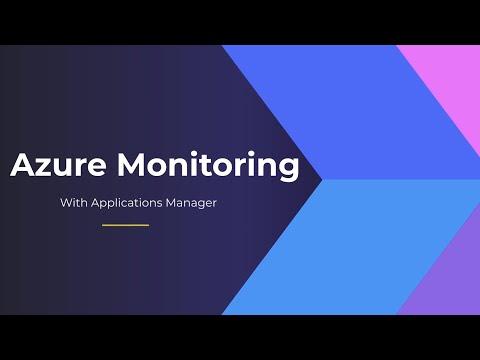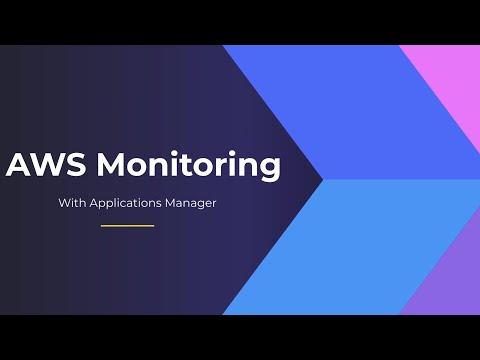As many IT workers develop greater technology skills and apply them to advance their careers, many digital workers in non-IT departments believe their CIO is out of touch with their technology needs. A Gartner, Inc. survey found that less than 50 percent of workers (both IT and non-IT) believe their CIOs are aware of digital technology problems that affect them.
The survey further revealed that European workers said that their CIO is more aware of technical challenges (58 percent) than US workers believe they are (41 percent).
"Non-IT workers aren't likely to use the IT help desk as their first source of assistance, and are less likely to believe in the value of their IT organization," said Whit Andrews, VP and Distinguished Analyst at Gartner. "Only one in five non-IT workers would ask their IT department to supply best practices for employing technology."
The survey also revealed that millennials were less likely to approach IT support teams through conventional means. About 53 percent of surveyed millennials outside the IT department said that one of their first three ways to solve a problem with digital technology would be to look for an answer on the internet.
Non-IT workers were overall more likely than IT workers to express dissatisfaction with the technologies supplied for their work. IT workers express greater satisfaction with their work devices than do workers outside IT departments. Only 41 percent of non-IT workers felt very or completely satisfied with their work devices, compared to 59 percent of surveyed IT workers.
"Many IT departments will be more successful if they are able to provide what workers say they need, and provide inspiration so they can increase the workforce's digital dexterity," Andrews added.
IT Workers Feel More Confident
IT workers feel more confident than non-IT workers at using digital technology. The survey found that 32 percent of IT workers characterized themselves as experts in the digital technologies they use in the workplace. Just 7 percent of non-IT workers felt the same.
"While we expect IT people to feel more confident with digital technologies, these findings highlight how hard it is to help non-IT workers feel as digitally dexterous as IT workers do," said Andrews.
67 percent of non-IT workers feel that their organization does not take advantage of their digital skills.
"Organizations seeking to mature and expand their digital workplaces will find that expanding digital dexterity will accelerate this across the organization," added Andrews.
Digital Technology Satisfies 72 Percent of Digital Workers
About three in four digital workers either somewhat agree (48 percent) or strongly agree (24 percent) that the digital technology their organization provides enables them to accomplish their work.
The most common types of workplace applications used by survey respondents were real-time messaging (58 percent), sharing tools (55 percent), and workplace social media (52 percent — see Figure 1).

However, significant distinctions exist in the workplace.
"Millennial digital workers are more inclined than older age groups are to use workplace applications and devices that are not provided by their organization, whether they are tolerated or not," said Andrews. "They also have stronger opinions about the collaboration tools they select for themselves. They are more likely to indicate they should be allowed to use whatever social media they prefer for work purposes."
In addition, relative to the total workforce, a larger proportion of millennials consider the applications they use in their personal lives to be more useful than those they are given at work.
"Our survey found that 26 per cent of workers between the ages of 18 and 24 use unapproved applications to collaborate with other workers, compared with just 10 per cent of those aged between 55 and 74," Andrews said.
About the Survey: The survey was conducted online, from February through March 2017, among 3,120 respondents in the US, Europe and Asia/Pacific. The survey's objective was to understand digital workers' attitudes toward technology, their engagement with their work and their satisfactions with the applications provided by their organization.
The Latest
The use of hybrid multicloud models is forecasted to double over the next one to three years as IT decision makers are facing new pressures to modernize IT infrastructures because of drivers like AI, security, and sustainability, according to the Enterprise Cloud Index (ECI) report from Nutanix ...
Over the last 20 years Digital Employee Experience has become a necessity for companies committed to digital transformation and improving IT experiences. In fact, by 2025, more than 50% of IT organizations will use digital employee experience to prioritize and measure digital initiative success ...
While most companies are now deploying cloud-based technologies, the 2024 Secure Cloud Networking Field Report from Aviatrix found that there is a silent struggle to maximize value from those investments. Many of the challenges organizations have faced over the past several years have evolved, but continue today ...
In our latest research, Cisco's The App Attention Index 2023: Beware the Application Generation, 62% of consumers report their expectations for digital experiences are far higher than they were two years ago, and 64% state they are less forgiving of poor digital services than they were just 12 months ago ...
In MEAN TIME TO INSIGHT Episode 5, Shamus McGillicuddy, VP of Research, Network Infrastructure and Operations, at EMA discusses the network source of truth ...
A vast majority (89%) of organizations have rapidly expanded their technology in the past few years and three quarters (76%) say it's brought with it increased "chaos" that they have to manage, according to Situation Report 2024: Managing Technology Chaos from Software AG ...
In 2024 the number one challenge facing IT teams is a lack of skilled workers, and many are turning to automation as an answer, according to IT Trends: 2024 Industry Report ...
Organizations are continuing to embrace multicloud environments and cloud-native architectures to enable rapid transformation and deliver secure innovation. However, despite the speed, scale, and agility enabled by these modern cloud ecosystems, organizations are struggling to manage the explosion of data they create, according to The state of observability 2024: Overcoming complexity through AI-driven analytics and automation strategies, a report from Dynatrace ...
Organizations recognize the value of observability, but only 10% of them are actually practicing full observability of their applications and infrastructure. This is among the key findings from the recently completed Logz.io 2024 Observability Pulse Survey and Report ...
Businesses must adopt a comprehensive Internet Performance Monitoring (IPM) strategy, says Enterprise Management Associates (EMA), a leading IT analyst research firm. This strategy is crucial to bridge the significant observability gap within today's complex IT infrastructures. The recommendation is particularly timely, given that 99% of enterprises are expanding their use of the Internet as a primary connectivity conduit while facing challenges due to the inefficiency of multiple, disjointed monitoring tools, according to Modern Enterprises Must Boost Observability with Internet Performance Monitoring, a new report from EMA and Catchpoint ...





